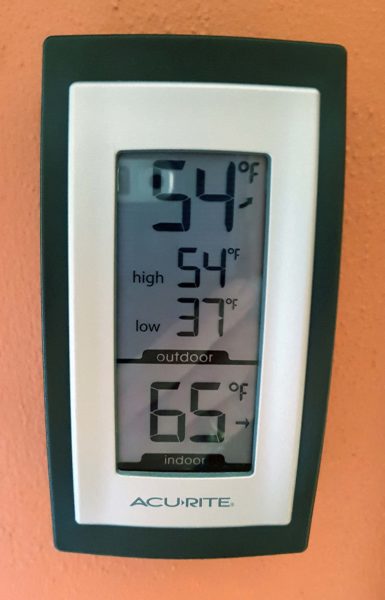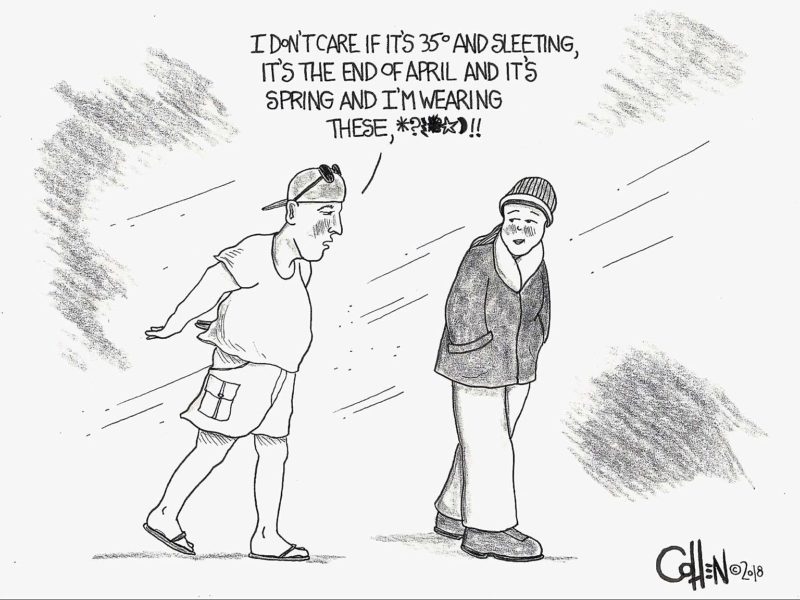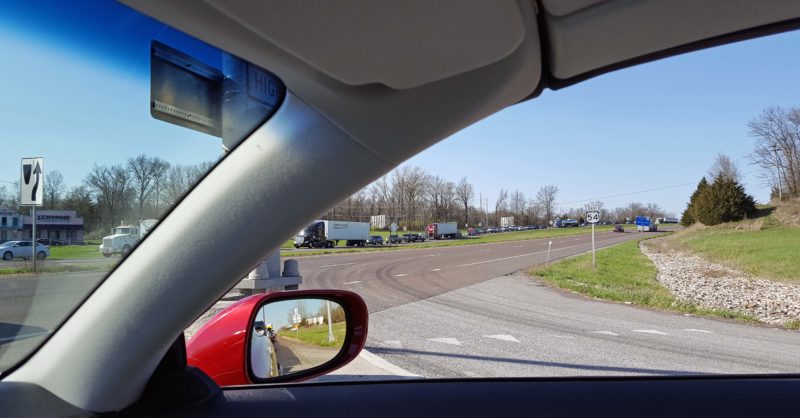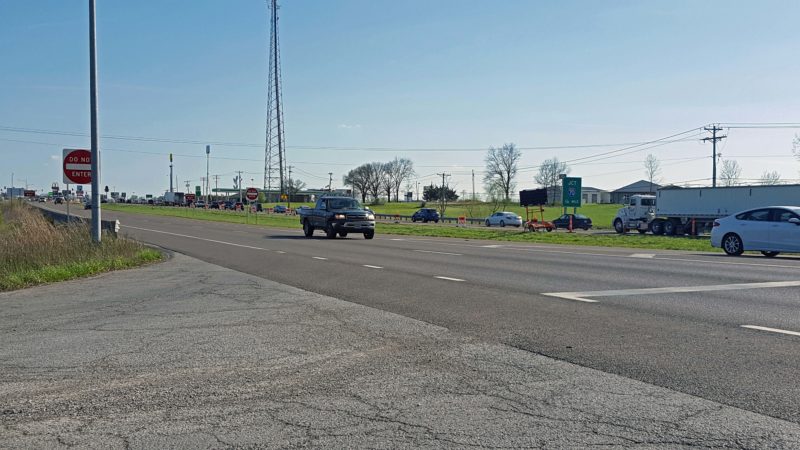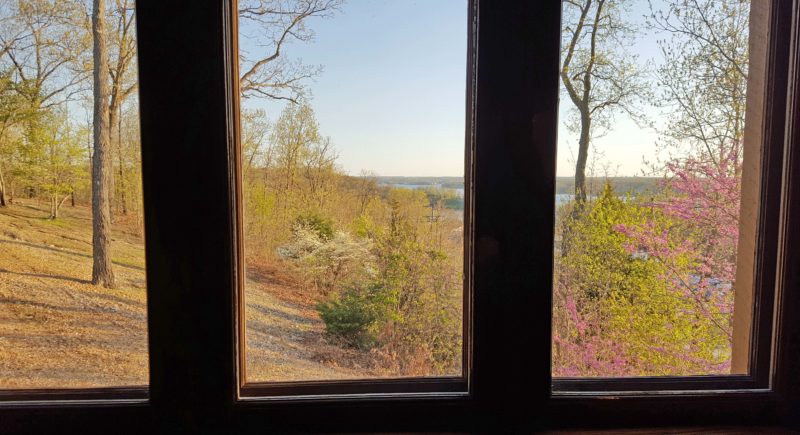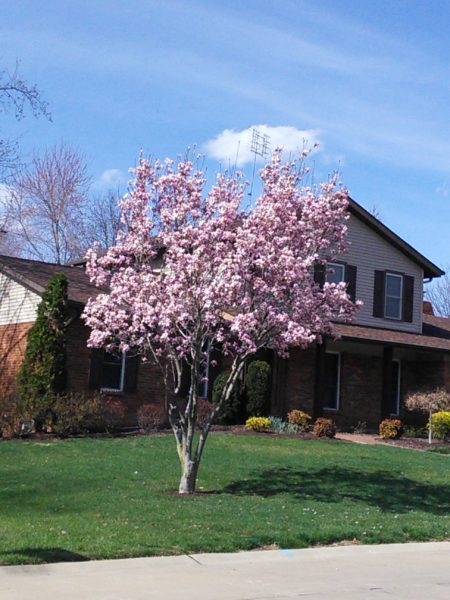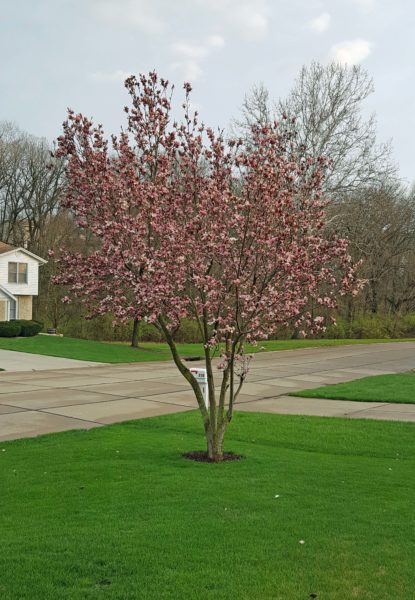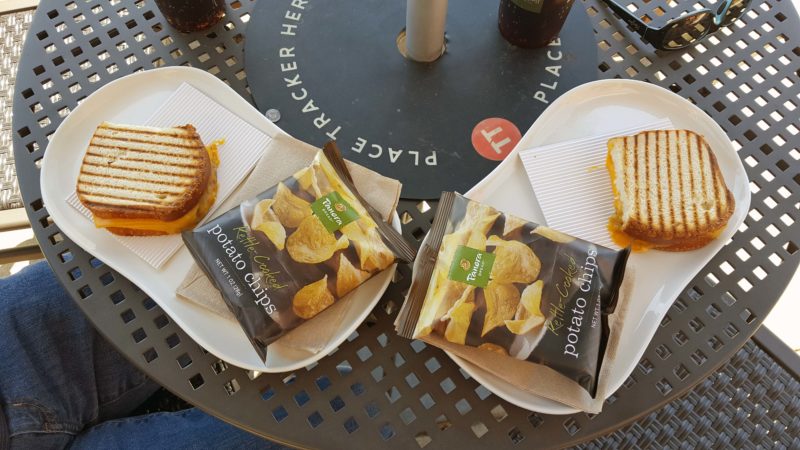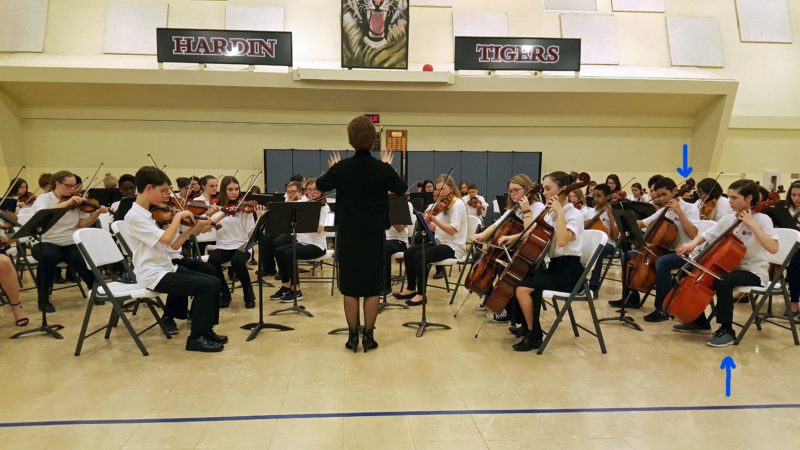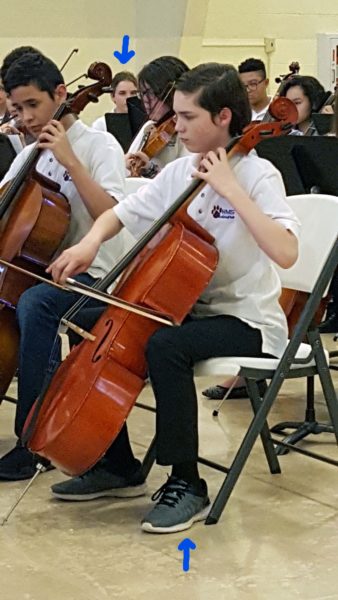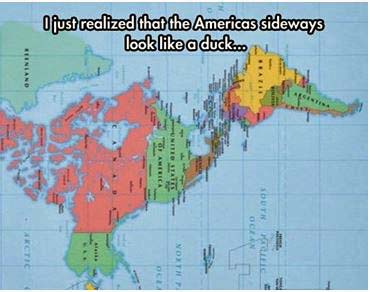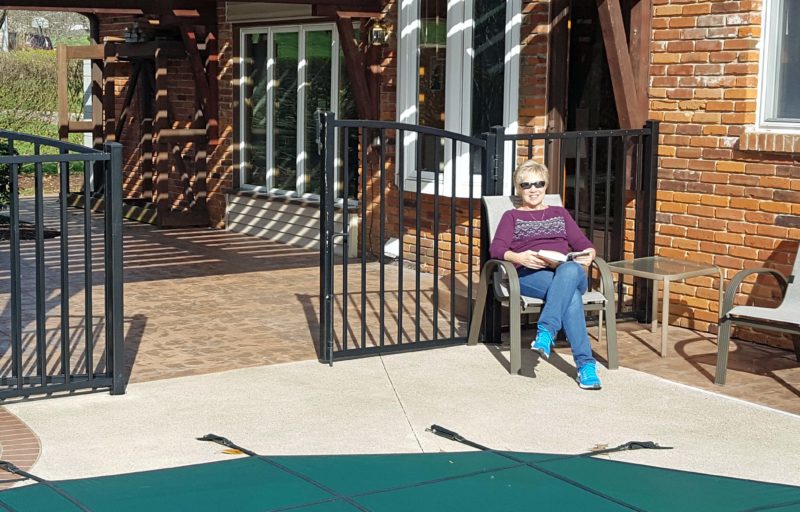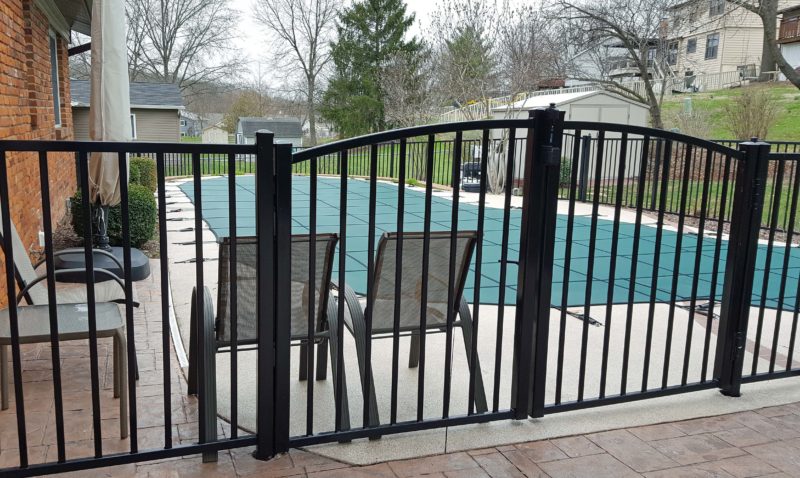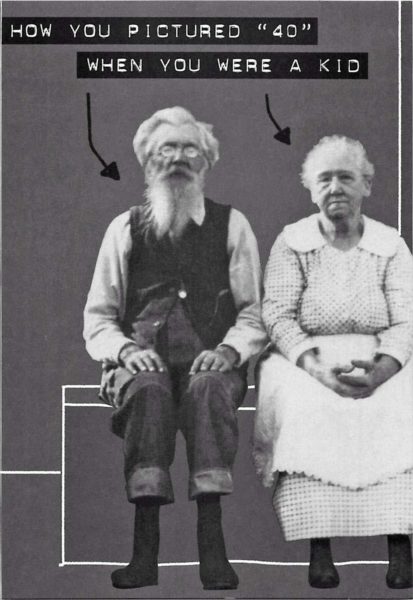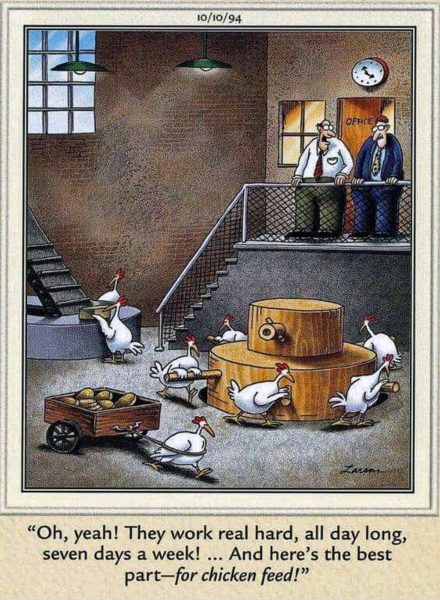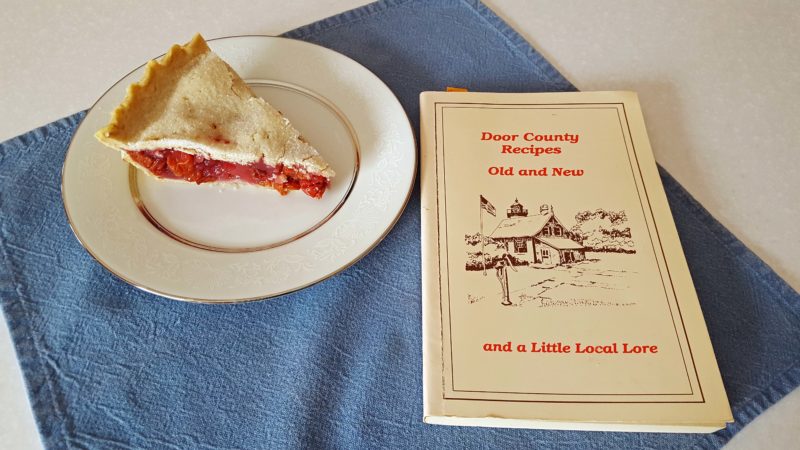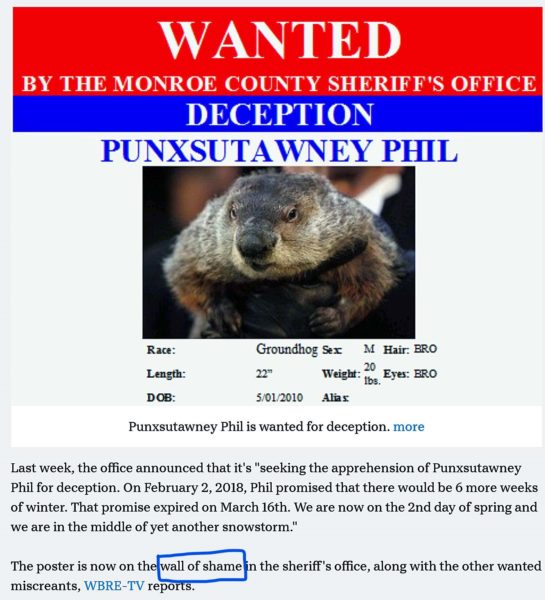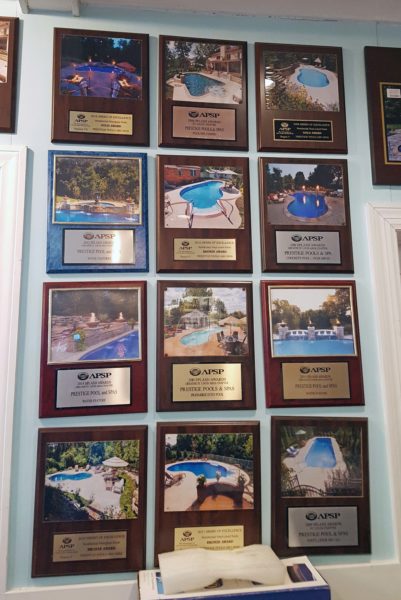I don’t normally think, “I know what I’ll do today–I’ll look through some old folders,” but every time I look through old folders, I find something enjoyable. Obviously, I have the good sense to fill my folders with interesting memorabilia.
Today, I was trying to find a document in an old folder and found some information my dad probably sent me about Hingham, WI, my hometown. I had totally forgotten that Hingham has an Historic District with 13 buildings that were recognized August 6, 1994. I remember all the buildings, even though some have been updated and don’t look like they did when I lived there. Presumably, they have not been altered since 1994, but I left for college in 1965 so there was plenty of time for change before the buildings became “historic.”
If there were 200 people living in Hingham while I was growing up, that was probably a high estimate. The 2010 census counted 886 residents of Hingham, so the town–still unincorporated–has grown. I never thought much about living there and never thought it was anything special, so I was impressed when I read that Hingham, originally platted in 1850, was “one of the early and prominent communities in Sheboygan County.” (Prominent? Hingham?) In 1890, however, the railroad was laid two miles west and “effectively ended the town’s emerging status.” The railroad went through Adell, where my family went to church. The 2010 census gives Adell 516 people, so I don’t think the loss of the railroad had any major long-term effect on Hingham’s emerging status.
If accumulated stuff is supposed to be thrown away unless it is useful or joyful, this folder gets to stay. It was joyful to find this information on an unseasonably cold April afternoon.

A grade school friend’s dad owned the Hingham Feed Mill. It originally operated with a millrace to turn the mill wheel. Kids used to swim in the millrace.
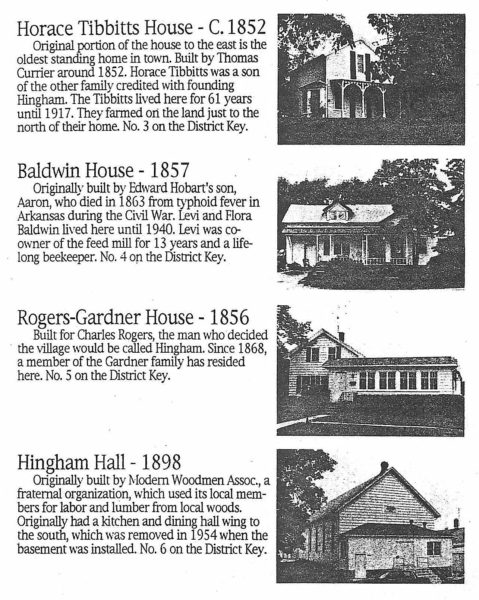
The Hingham Hall was the gathering place of the town. In the summer, it was ground zero for kick-the-can games and for bike tag (you play tag biking around town instead of running, and the Hall steps were “home free”). During the school year, it was the venue for school plays and for roller skating parties sponsored by the 4-H club.
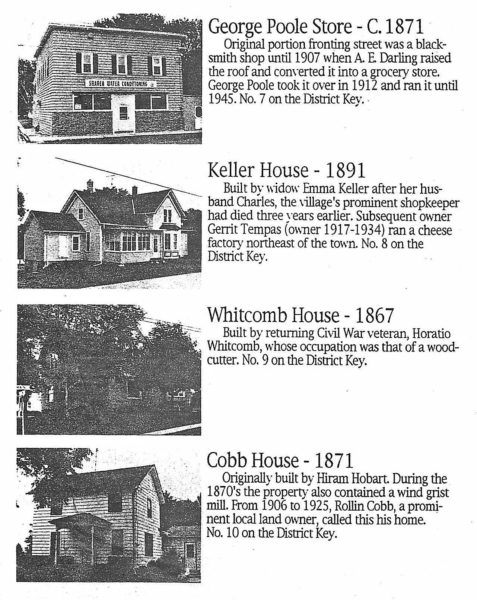
One of my grade school classmates lived upstairs in the George Poole Store. I don’t think she knew it was an historic building. At that time, her dad owned it and it was the Clover Farms grocery store. My great-grandma Dell lived in Whitcomb House. When I was five years old, I remember walking the short distance from my house to hers to visit with her on her porch. She often offered me a cookie. Maybe she enjoyed baking cookies as much as I do.
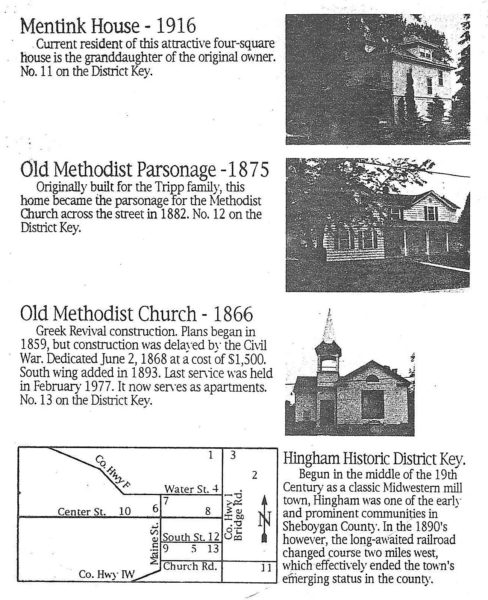
If I had drawn this map, I would have included “the pond” in the blank space bordered by Co. Hwy. F and Water St. The pond is where we went ice skating in the winter and swimming in the summer. Along with the fire escape on the “old grade school,” the pond was a defining feature of the town to my friends and me. Until I saw this map, I had no idea I lived on Maine Street! It’s spelled “Maine” on the map, but “Main” on the picture of Whitcomb House. Either way, it wasn’t Main(e) St. when I lived in Hingham.
